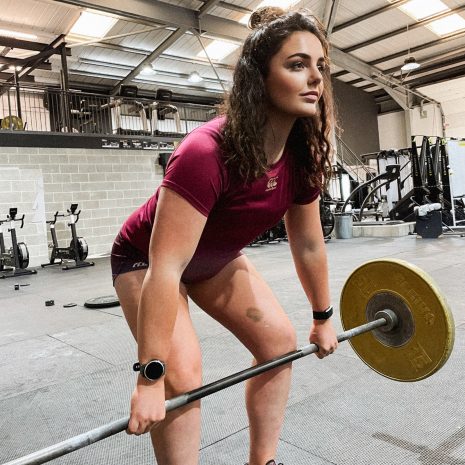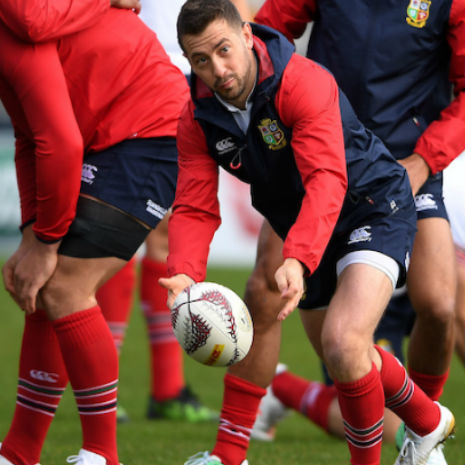Gym Workouts You Can Do At home With Limited Equipment
As we all emerge from the festive break carrying a few more kilos than we’d perhaps like to, many quickly take to the gym to regain some strength and fitness before the next round of games.
Although your club may have its own gym, many are faced with limited access meaning it can be difficult to return to a high intensity of training. To help combat this, we’ve designed a session that can be done anytime, at home, with limited equipment.
All you’ll need is an open space and a low chair
All you’ll need is an open space and a low chair – if you have a solid box, that will help with some of these exercises. Those looking to add to the intensity may invest in a weight vest although, even without, you’ll still be worked hard!
The session in particular focuses on two areas often neglected in favour of heavier weights training: stability and core. Two foundation blocks that are key for every rugby player, this circuit doesn’t take long and can be easily adapted depending on your ability or requirements.
To add to the intensity, keep recovery to a minimum (under 30 seconds) and try to remain explosive in your movements; this’ll add to your speed of movement on the rugby pitch. Don’t forget to spend 5-10 mins beforehand warming up and again stretching and recovery afterwards!To add to the intensity, keep recovery to a minimum
Session one: Stability & Core
Lunge plyo jumps (x10)
Into a lunge position, hold for 3s then in a single movement jump and switch feet in the air, landing in a lunge with the other foot forward. Get your balance square before jumping again. Increase difficulty by holding a pole above your head.
Crunches (x20)
In the classic crunch position, the forward movement should be explosive. To help activate the core, control your return to the neutral position to work right the way through the rep.
Split squats (x10 each leg)
With one foot fixed on a low chair behind, enter into a squat position. Ensure the knee moves in an outwardly rather than inward position. Increase difficulty by holding a pole above your head.

Single leg calf raises (x20 each leg)
Preferably on a solid box but still effective on solid ground. Explode up, hold for 3s, down for 2s. Keep your balance!
Leg flutters (45 seconds)
Lying with your upper back marginally off the ground, slowly flutter your legs in small movements trying to keep low to the ground.
Wall sits/knee ups (60 seconds)
Hold a 90osquat against a wall for 30s. For the final 30s slowly raise each knee in gentle movements while ensuring your torso remains straight and square.
Alternating plank (60 seconds)
Starting in normal plank position (forearms on ground), one arm at a time move up into press up position (hands on ground) and then back down in a rhythmic motion. Alternate which hand goes up first.

Curtsy squats (x10 each leg)
Starting standing up, with one leg take a deep step behind the other, like a curtsy. Hold, then explode back into a neutral position. To increase difficulty add weight such as a kettlebell and hold tight to your chest.
Dome sit (45 seconds)
Lying with your upper back marginally off the ground, hold your feet as close to the ground as possible without touching. Resist the shakes!
Other Options
Keep in mind that this is just an example workout and can be easily adapted. Other bodyweight exercises can be interchanged and it is always best to talk to your club’s S&C coach (if you have one) who can help support you with a more structured training programme. If you don’t have this, other exercises could include:
| Stability/Strength | Core |
|---|---|
| Single leg squats | Jack-knife sit ups |
| Cross over step ups | Bicycles |
| Press ups (multiple variations) | Leg switches |
| Knee drives with resistance bands (RBs) | Back extensions |
| Clockwork leg extensions with RBs | V sits (single and double legged) |
Needing some new training gear? Check out our great ranges for men, women and kids here.




Comments